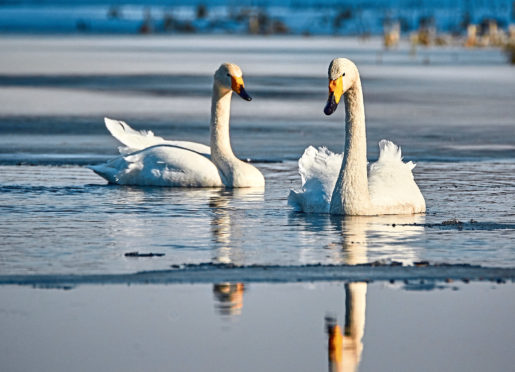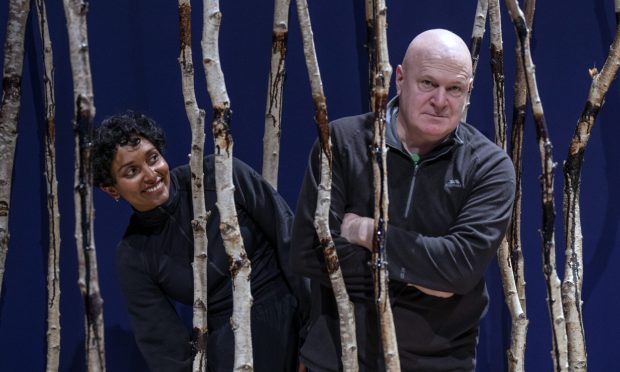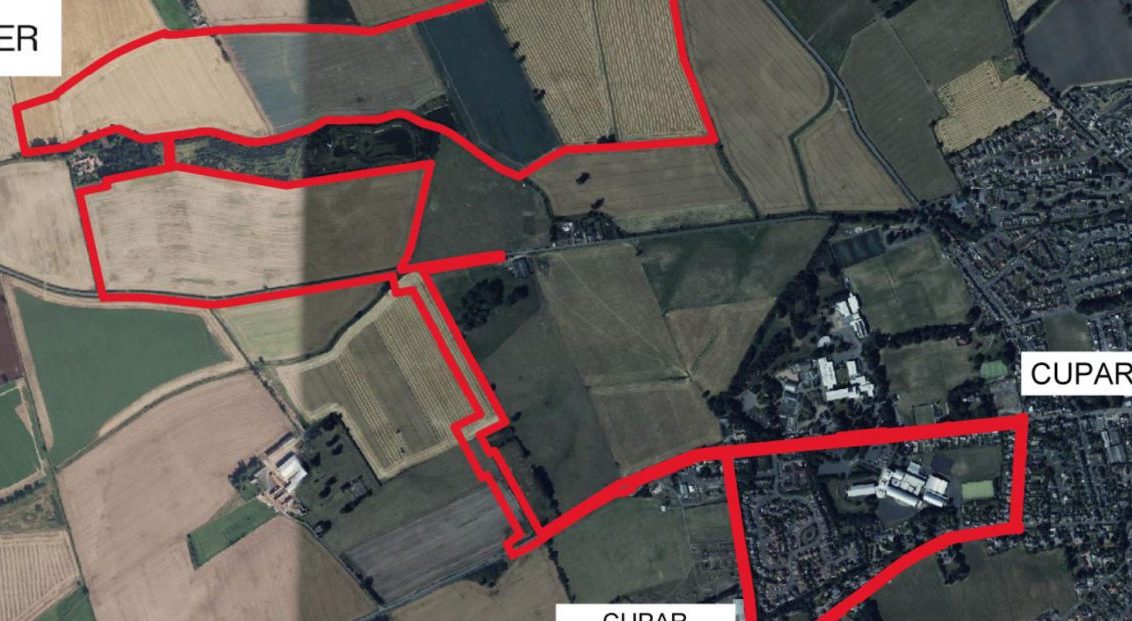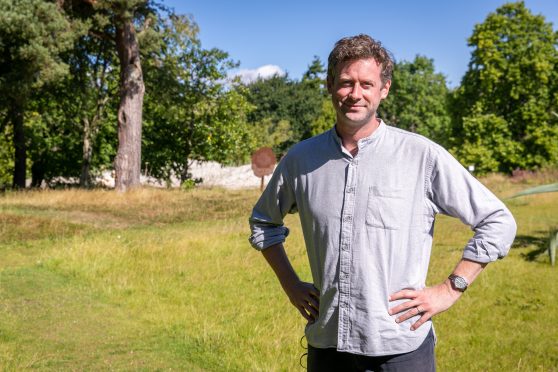Nature was at peace with itself as I gazed across the calm languid waters of Rotmell Loch near Dunkeld, creating reflections in the water as well as reflections upon the mind.
A bugling call drifted across the gentle breeze, faint at first but gathering in intensity. I was momentarily confused where this wild music was coming form, but then above me, a flock of six whooper swans swept across the sky, their wings beating in rhythmic harmony.
At first, I thought they were going to alight on the loch. Indeed, I prayed they would. Please splash down, I silently implored, for that would be wonderful to see. But instead, they flew on, wings digging deep into the cool autumnal air, and heading either to Dowally Loch or Loch Ordie nearby.
The swans were soon gone, and Rotmell Loch was quiet once more, the mirrored water only broken by a lone goosander fishing on the far side. The sight of the whoopers had reinvigorated my soul, and my mind buzzed with memories of past encounters with these white-cloaked pictures of elegance.
My first recollection was when a teenager, stumbling upon a group of whoopers on a winter lochan in Skye. They brought the steel-grey water to life, gliding across the surface like schooners and their snowy-white forms stirring compelling visions of the cold northern lands where they hail from. Ever since, I have been a whooper addict, eagerly seeking them out, my heart racing with excitement whenever the fates smile upon me.
There are few more exciting experiences than watching an incoming family flight of whoopers; long necks extended, the air thrumming from the swish of powerful wings, before descending upon the water’s surface, which erupts into a trail of spume as they abruptly come to rest. It is what nature is all about.
Whooper swans have a grace and poise that few other creatures can match. It complements this grandeur with an aloofness that makes the bird hard to approach. It is much shyer than the mute swan, generally preferring our less disturbed lochs and reservoirs.
Whoopers are mainly winter visitors to our shores from their breeding grounds in Iceland, with the first birds arriving in early October. They are widely distributed in Scotland and can be found on waters ranging from small lochans and marshland to large lochs. Family parties of four or five birds are common, but herds of 20 or more are not unusual, especially on favoured sites such as Loch Leven near Kinross.
I was tempted to walk the short distance to Dowally Loch in case the whoopers I had just seen had settled down upon the water there. But I quickly decided against it, for the loch is small, and I had no wish to disturb these wild spirits from the north.
Info
Whoopers feed extensively on aquatic weeds, mostly obtained from the shallow bottom of a loch by upending their bodies. They also graze in fields.









